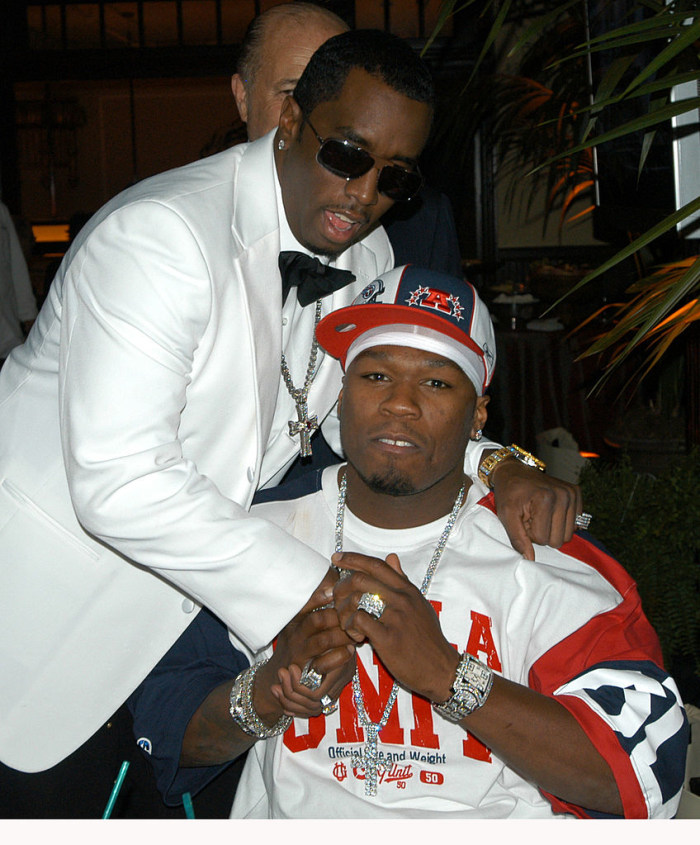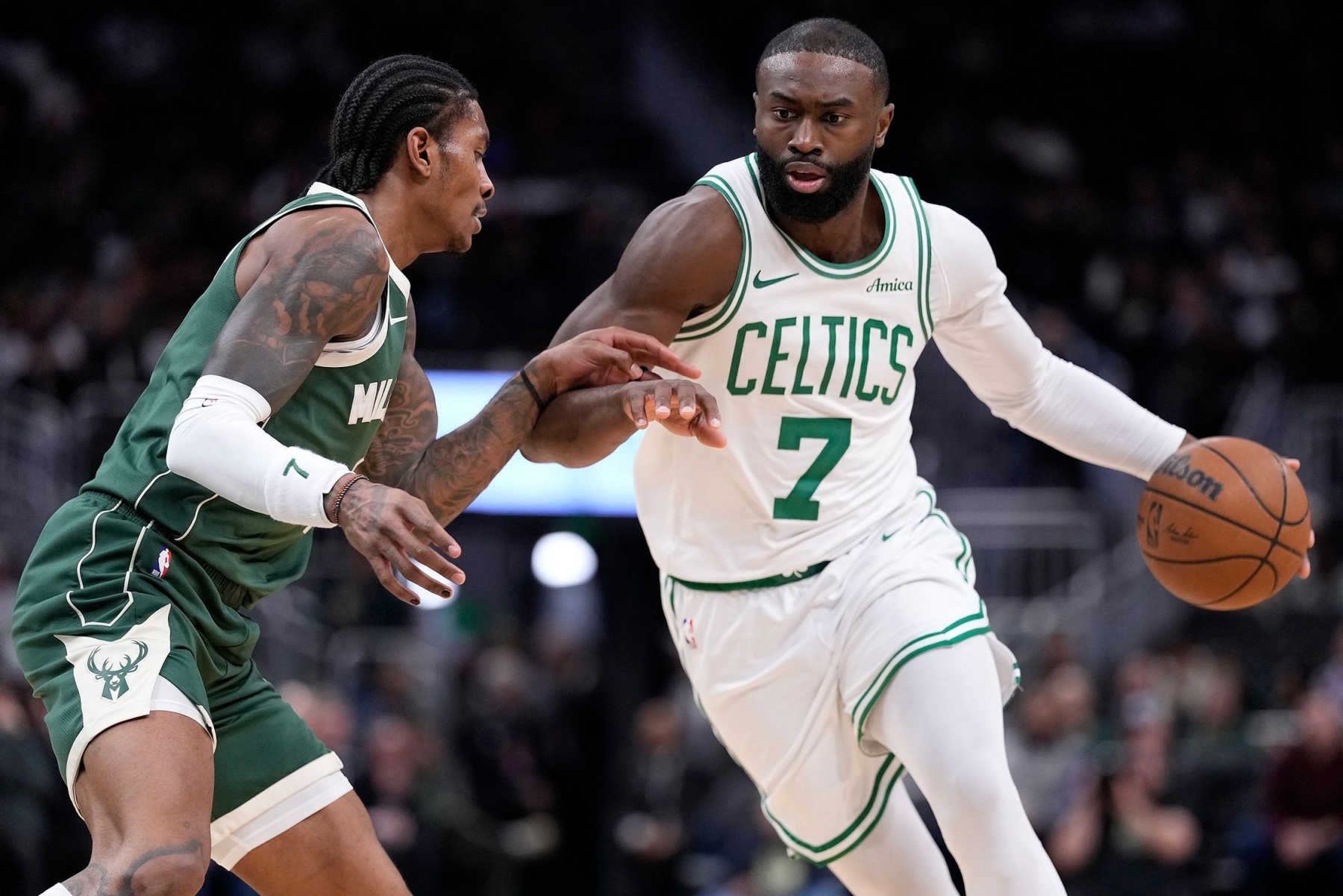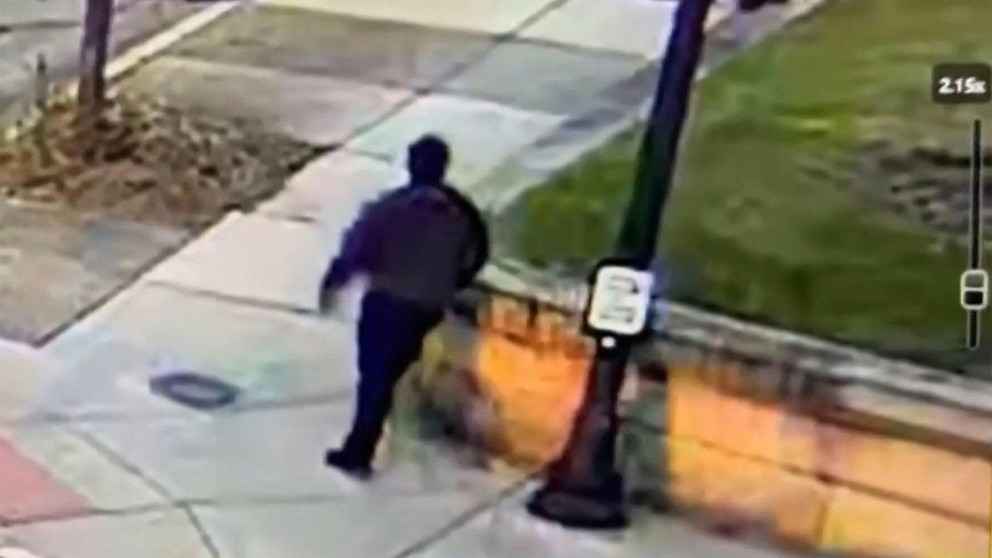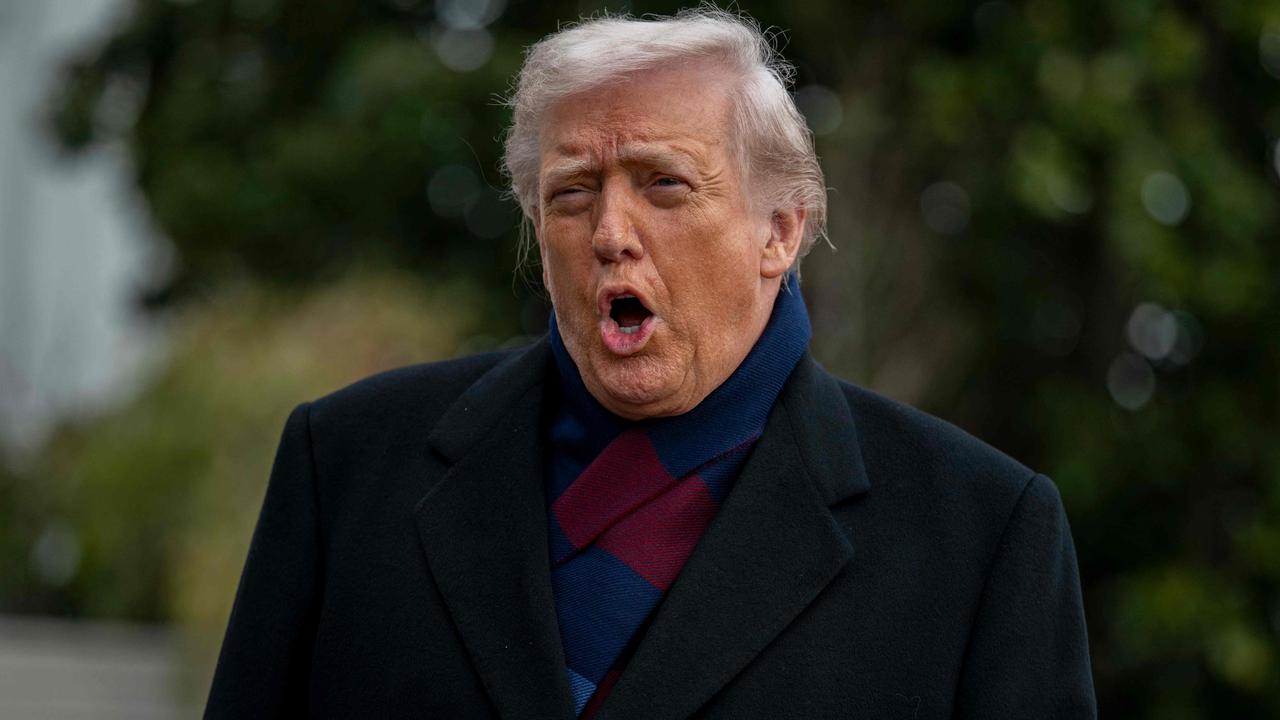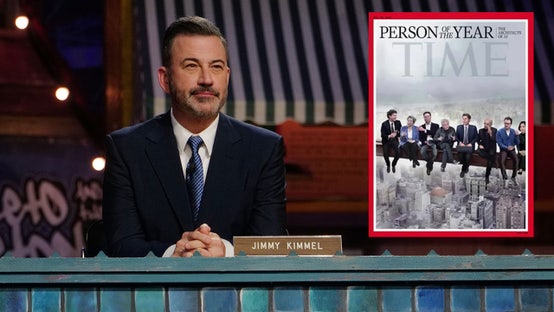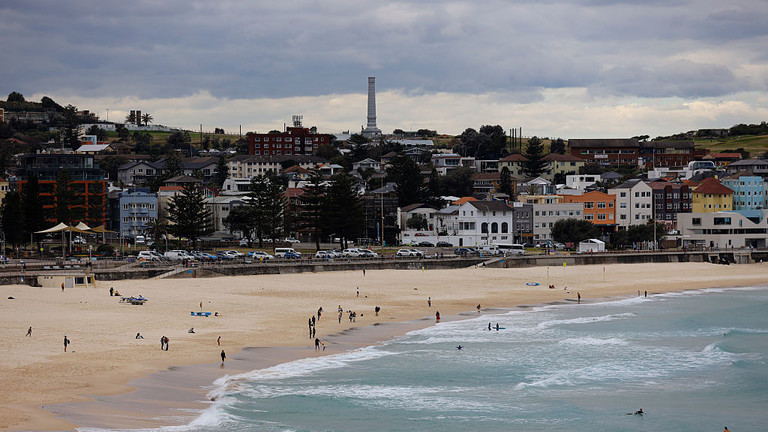
This article is more than
7 year oldHer son was killed — then came the Russian trolls
Although Grimm had never suspected the campaign was Russian, she said," It makes sense that they would want to see America have these really deep, intense struggles."
This story is part of an exclusive short documentary 'Distorting the Truth.' Watch it now on CNNgo
(CNN)It was the height of presidential primary season, just a few weeks before the Republican and Democratic conventions, but on July 7, 2016, most Americans woke up to a story other than the election leading the news.
An African American man had been shot and killed by police in a Minneapolis suburb the night before.He was just one of more than 250 black men killed by police in the United States in 2016 -- most of their stories never made it past the local news. But his name, Philando Castile, would be echoed around the world.
What made Castile's death different from many others? What made his name synonymous with police violence against African Americans? It was Facebook. First, a video streamed through the platform -- and then, trolls using it from thousands of miles away.
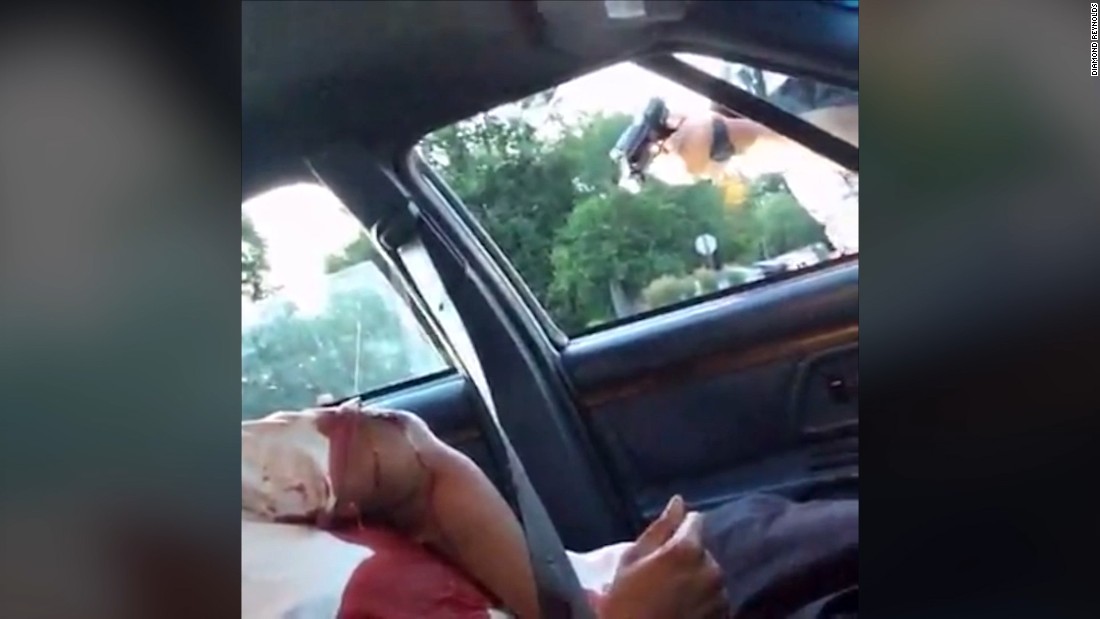
In July 2016, a Facebook livestream captured the aftermath of Philando Castile's fatal shooting by a police officer
Castile had been driving with his girlfriend Diamond Reynolds and her four-year-old daughter when he was pulled over by police. Reynolds had begun streaming the encounter live on Facebook when the officer at their car shot Castile seven times. The last moments of his life would be seen by millions of people around the world. Soon, across town, Mica Grimm's phone started buzzing. A leader in the Black Lives Matter movement, Grimm began receiving messages: "Look at Facebook. Check Facebook," she recalled recently.
Grimm and other activists quickly made their way to where the shooting had occurred -- later that night they protested outside the governor's mansion in St. Paul. The next morning, as Americans woke up to the news of Castile's death, they also saw pictures of the growing demonstration outside the mansion. But at the same time, plans for a different protest were being made on Facebook.
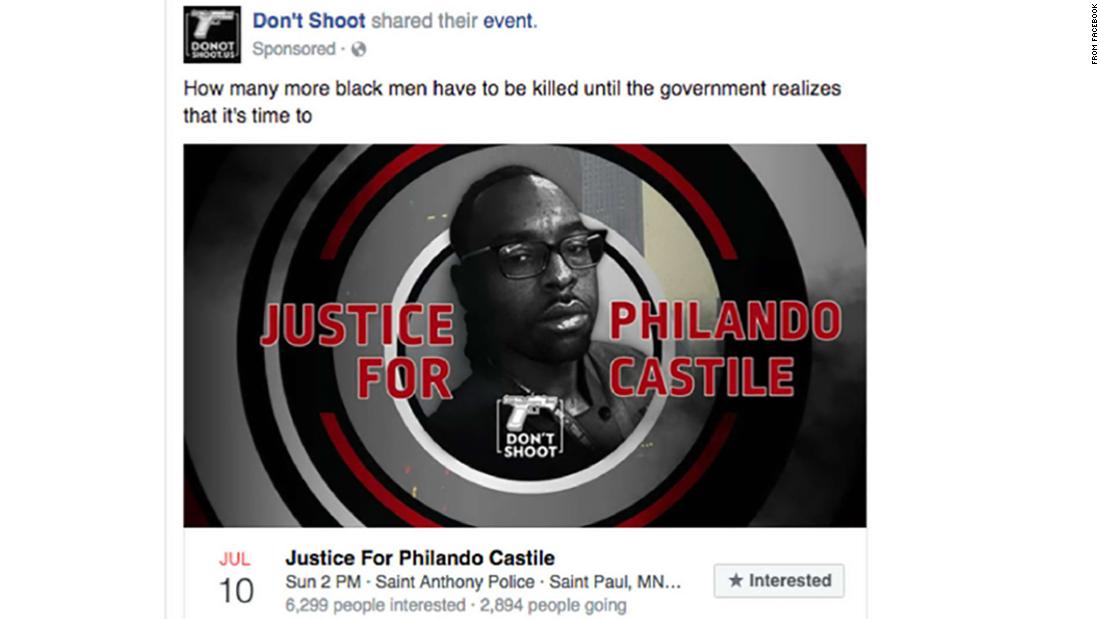
Hours after his death, "Don't Shoot" Facebook group started promoting a "Justice for Philando Castile" event
Around 8 a.m. ET on July 7th, less than ten hours after the shooting, a Facebook page began running ads targeted at people living near Minneapolis and promoting an event called "Justice for Philando Castile."
The event was scheduled for the coming weekend and would take place outside the police department where the officer who shot Castile was based. Quickly, thousands of people expressed interest in attending.
But, to Grimm, something didn't feel right.
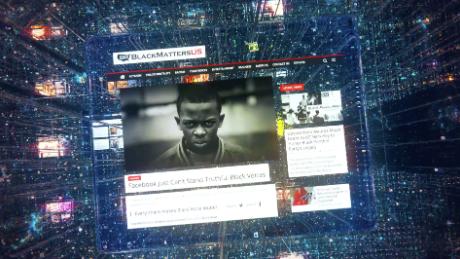
"So the activists really know each other here," Grimm told CNN. "We've seen each other's faces, and if we don't know each other, then we know someone who knows someone."
No one in the tight-knit community of activists seemed to know who was behind the campaign.The page, titled "Don't Shoot," looked like one run by a black activist group. It had a significant audience: More than 250,000 Facebook users followed it. It had a website and accounts on YouTube, Instagram and Tumblr.
But Mica thought the name "Don't Shoot" was strange.
"When Mike Brown was first killed [in Ferguson in 2014], a lot of people were saying, 'Hands up, don't shoot,'" she explained. But by 2016, she said, many Black Lives Matter activists were no longer using the chant because they felt it was submissive and they wanted to focus on language that they felt was more empowering.
Another local activist, Sam Tyler, also thought there was something unusual about the page. As experienced protest organizers, he and Grimm feared a demonstration with no leadership could descend into chaos.
Tyler began sending messages to the Don't Shoot Facebook page. "Who are you involved with? Who do you have on the ground that's working on setting this up?" he said he asked.
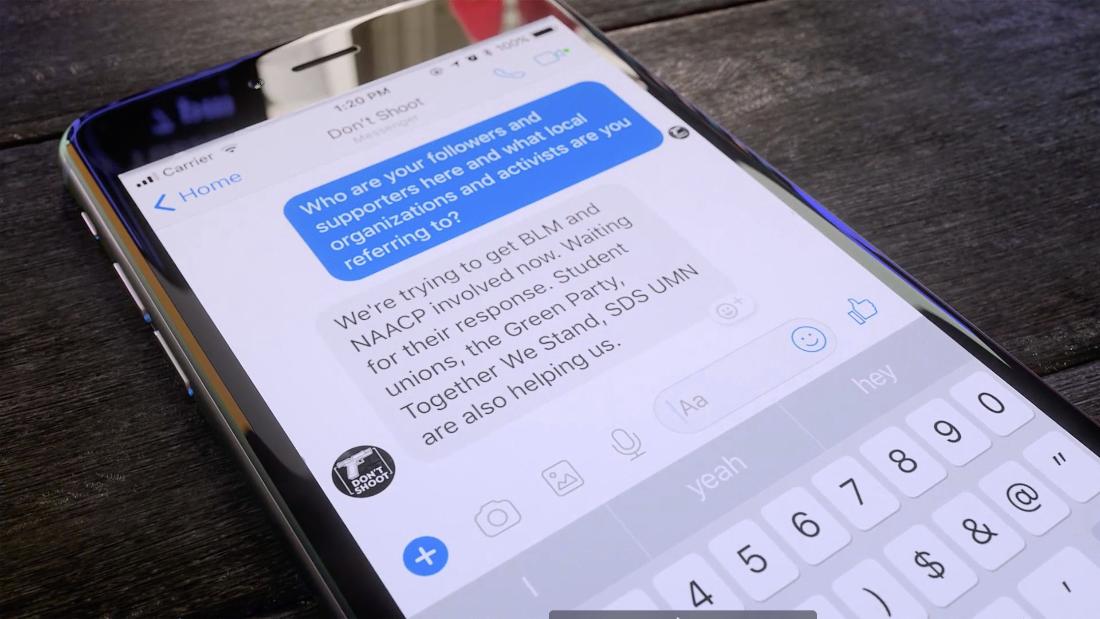
Whoever was behind Don't Shoot responded. They didn't say exactly who they were but they named-dropped some local groups they said were helping out with the protest. But when Tyler checked with those groups, they hadn't heard of Don't Shoot either.
The event continued to spread on Facebook.
Fearing things could get out of hand, Tyler and other activists held a meeting.
On a mobile device?
Watch 'Distorting the Truth' on your app
"We got together in a basement in south Minneapolis," he told CNN, and they began messaging the page again. By that point they had learned the website associated with the Facebook page was registered to a seemingly false name and address."And after talking to them a little bit back and forth and realizing that they were completely making up everything that they had been saying," Tyler explained. "We decided to present them either the ultimatum of either handing us administrative access to the event page or we were going to dissuade people, through a press release, through whatever means we had, of showing up to this event."
It seemed as though Don't Shoot had given in. They handed over control of the Facebook event to the local activists.
Grimm recalled, "Our solution was to take over the event and have our own marshals and have our own leaders, and a lot of other organizations helped us do that. Just to make sure that if people were going to show up, that people weren't putting themselves in a position of danger."
The event went ahead on Sunday, July 10, without incident.
As demonstrations continued, the weeks after Castile's death were a busy time for Tyler and Grimm. Neither gave much more thought to Don't Shoot.
That is, until 15 months later, when they got a call from CNN.
Unraveling
In January 2017, seven months after Castile's death, and two months after the election of Donald Trump, the US intelligence community released a report saying the Russian government had sought to interfere in the 2016 presidential election and that they had used social media to do it.What form the interference on social media took, however, wasn't clear. Some observers speculated that the Russians may have used social media to spread the details of hacked Democratic Party emails or even have run Trump-supporting accounts in an effort to undermine the candidacy of Hillary Clinton.
Both, and more, would turn out to be correct.
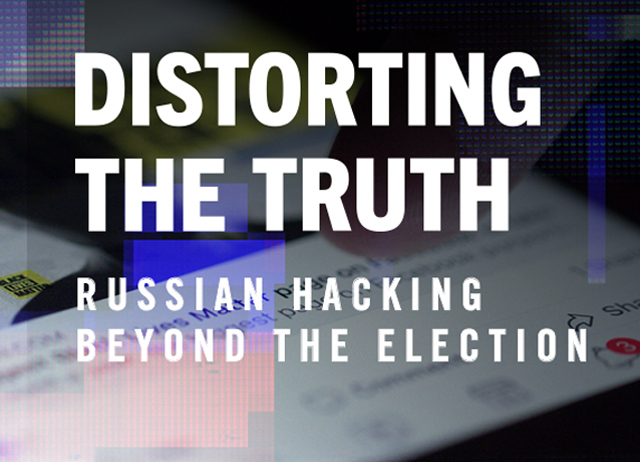
This story is part of a CNNgo documentary. Watch it now on Apple TV, Amazon Fire, Roku, Samsung TV and Android TV
In September 2017, CNN uncovered a sham organization called "Blacktivist." The group described itself as a black American activist campaign and had been active on social media for years. It even had a bigger following than the official Black Lives Matter Facebook page.
CNN confirmed Blacktivist was not a real American group, however. It was a troll operation run from 4,000 miles away in St. Petersburg, Russia, by a Kremlin-linked group known as the Internet Research Agency.
The revelations helped to show Russia's use of social media to interfere in American life extended beyond the presidential election, and into efforts to exacerbate existing divisions in the U.S.
A few weeks later, in October 2017, CNN found another group posing as an organization of Black Lives Matter activists -- "Don't Shoot."
As CNN began investigating "Don't Shoot," it found that activists like Grimm and Tyler had expressed some suspicions about the group in online posts a year earlier. They hadn't, however, suspected it was Russian.
When Valerie Castile, Philando's mother, learned about Don't Shoot's Russian roots, she was annoyed her son's death had been used by the campaign.
Read More (...)
Follow
Advertisement
